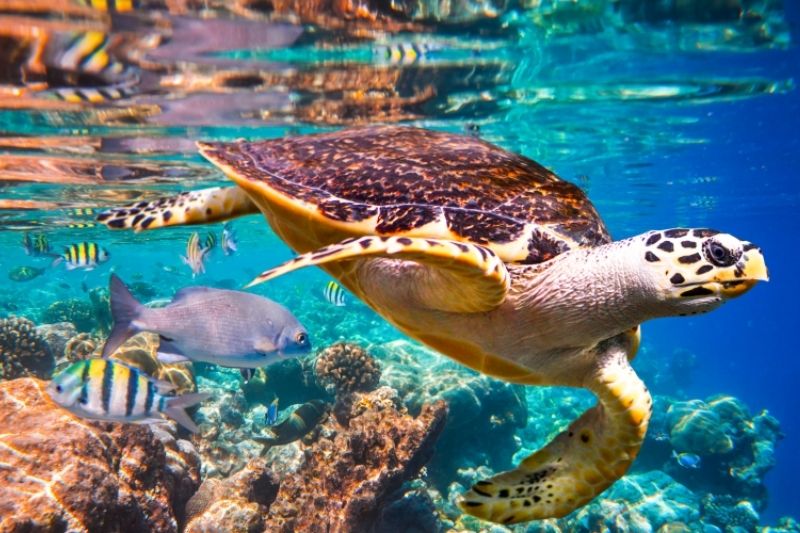THE QUALITY OF Ireland’s environment is “not what it should be”, according to a new report from the Environmental Protection Agency (EPA).
It also says that the outlook is not optimistic unless policy efforts are ramped up and integrated into a national framework. That’s according to the latest State of the Environment report, a document published every four years by the EPA.
The EPA is an independent public body responsible for environmental research and enforcing environmental law in Ireland.
The report, the seventh in the series, provides a comprehensive look at the current state of the environment in Ireland, across key areas like climate, air and water quality, waste and agriculture.
Micheal Lehane, the director of the EPA’s office of environmental assessment, said the report has three main messages.
These are:
- The need to establish a national environmental policy position
- Full implementation of current environmental policies already in place
- Establishing a greater link between the environment and health
Lehane said at a briefing before the report’s publication: “If we had a full national environmental policy position, it would mean that you would have a much greater chance of the sum of all the different parts really adding up to a much more coherent whole.”
He added that if all policies currently in place were fully implemented, it would “go an awful long way” to addressing the current environmental problems facing the country.
EPA director general Laura Burke said: “Environmental issues and challenges such as climate change, air quality, water quality and biodiversity cannot be looked at in isolation, as they are complex, interconnected and need to be tackled in an integrated way.”
Challenges
The extensive 450-page report highlights climate and biodiversity as two of the key issues to be addressed in Ireland. It says that environmental indicators are going in the wrong direction in many areas.
The report also outlines the challenges facing the environment in Ireland over the next decade.
These include stopping any further deterioration of the natural environment, accelerating action to decarbonise and green the economy, and starting to restore habitats and water bodies lost over time.
Let’s take a closer look at some of the key sections explored in the detailed report.
Climate change
Slowly but surely, political consensus has begun to converge around the fact that climate change is, as the EPA notes, “the defining challenge for this century”.
In Ireland, “a marked escalation in social awareness and public engagement” on the issue has been central to this shift in the political debate.
Last year, the government published its Climate Action Plan, “an important step,” the EPA says in reaching national and EU climate goals.
However, when it comes to tackling the causes of climate change — greenhouse gas (GHG) emissions in the form of carbon dioxide, methane and nitrous oxide — the EPA grades the country’s current performance as “very poor”.
Overall, Irish GHG emissions have increased by over 10% since 1990.
Under an “existing measures scenario” — which assumes that no additional policy measures are implemented “beyond those already in place by the end of 2018” — the EPA forecasts total Irish emissions to decrease by 6% over the next decade.
Under an alternative scenario — which assumes implementation of an additional suite of government policies adopted after the end of 2018 — emissions are estimated to decrease by one-quarter by 2030.
Agriculture is the single largest contributor to the overall GHG emissions at 35.3%, followed by transport, energy industries and the residential sector, at 20.3% 15.8% and 10.9%, respectively.
Across the latter three categories, emissions are forecast to decline over the next 10 years if politicians do nothing other than enforce existing measures.


